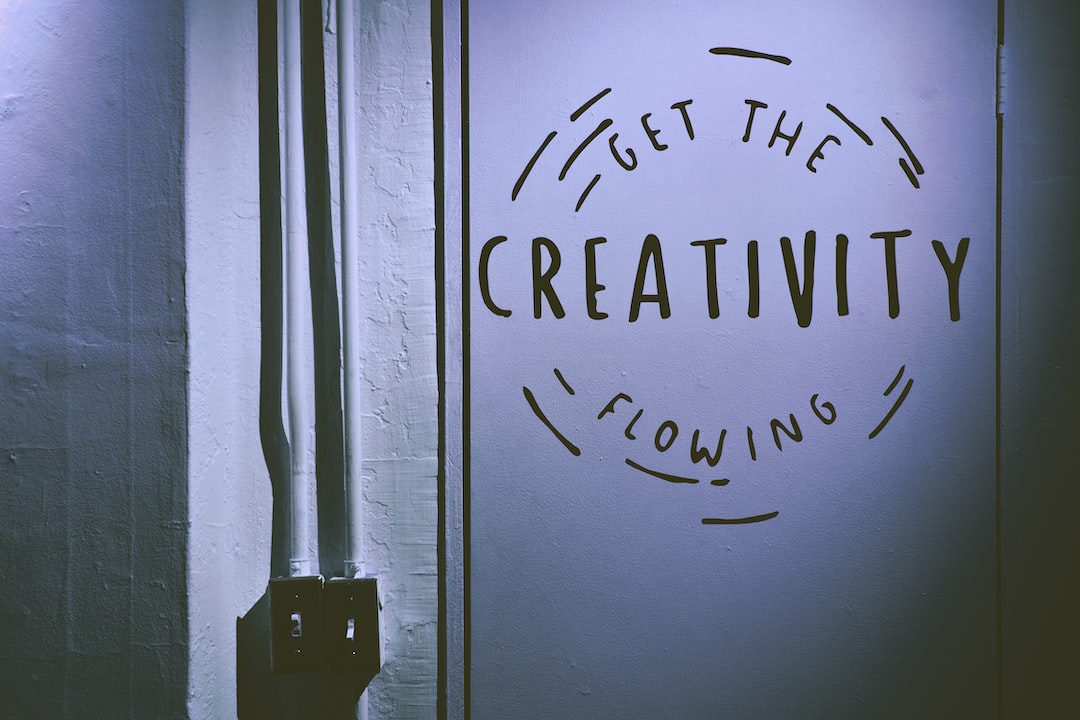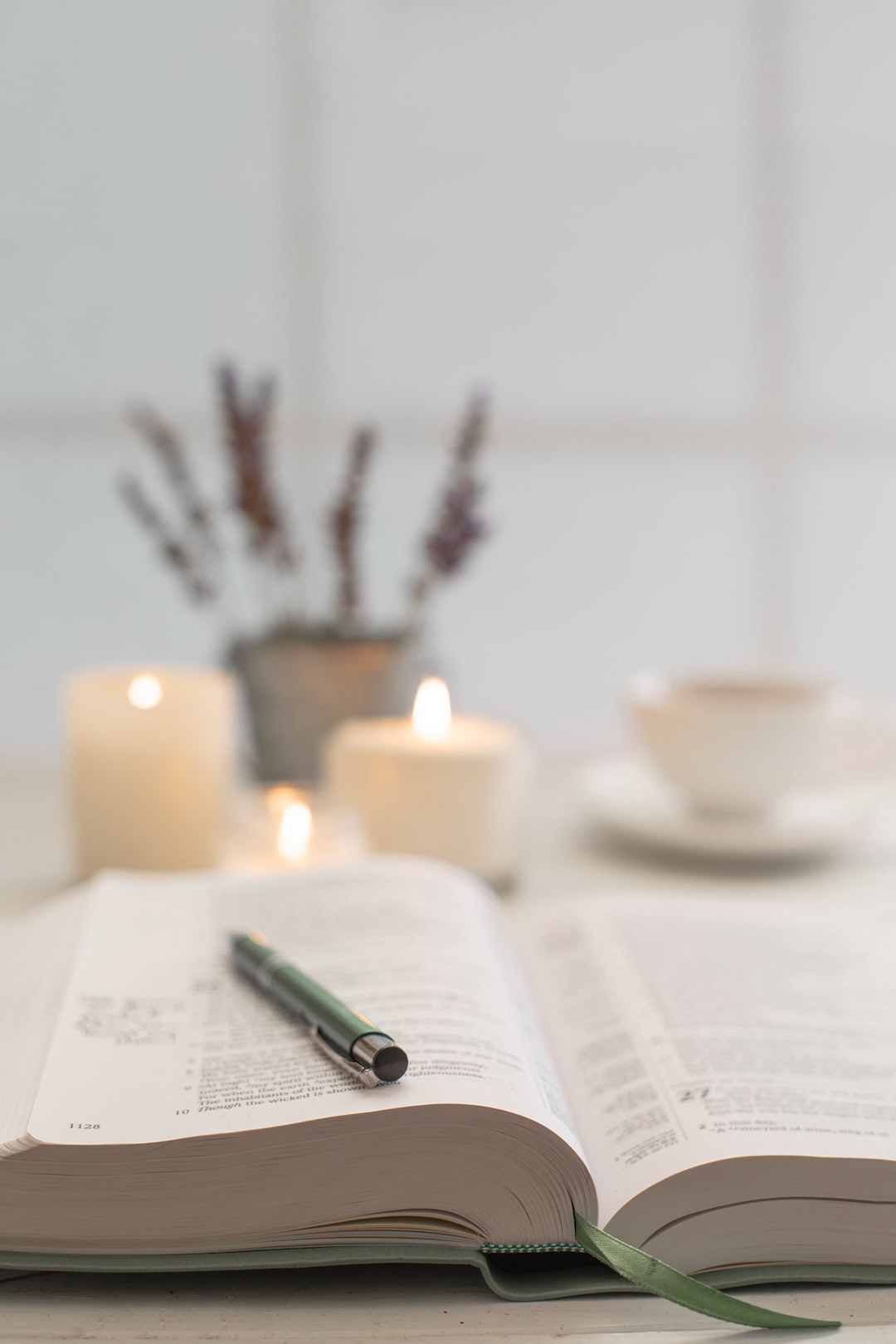Introduction
Table of Contents
Nestled in the heart of North Africa, Morocco is a melting pot of languages—a true testament to its storied history and vibrant culture. The array of tongues spoken here, from Arabic and Berber to remnants of colonial French and Spanish, weave a complex linguistic narrative. This narrative is not only intriguing for travelers eager to soak up the local ambiance but also for linguists studying the interplay between language, culture, and society. What language do they speak in Morocco? The answer unveils a fascinating mix of communication patterns that are deeply rooted in the nation’s multifaceted identity.
The Historical Tapestry of Languages in Morocco
Berber Roots: The Indigenous Language
At the core of Morocco’s linguistic heritage lies the Berber language—or Tamazight—the ancient tongue of the land’s original denizens. Its variants, splashed across the country’s diverse regions and still vibrantly alive, serve as a proud emblem of Moroccan heritage. The continued use of Berber dialects is a tribute to the enduring spirit and cultural pride of its speakers.
Arabic Influence: A Confluence of Cultures
The 7th century ushered in Arabic through the conquests of Arab armies, and with it, a flood of cultural and linguistic transformation. Arabic, now the official language, not only represents Morocco’s link to the Arab world but has also woven itself into the fabric of Moroccan society—especially in its regional dialects, which give voice to the nation’s soul.
Colonial Legacies: The French and Spanish Impact
European colonial tides left a lasting print on the Moroccan linguistic scene. As a French protectorate and with Spanish enclaves, these languages carved their own spaces in Morocco’s story. French emerged as a prestigious language within academia and governance—a legacy persisting subtly to this day—while Spanish continues to resonate in the northern territories and other historical pockets.

Arabic in Morocco: The Official Language
Dialects of Arabic in Morocco
In the hearts and homes of Moroccans, it is Darija—the Moroccan Arabic dialect—that sings the melody of daily life. A rich tapestry of Arabic, Berber, and European influences, Darija dances across the linguistic stage with its own regional twists and turns, creating a colorful symphony of accents and vocabularies that vary from city to city.
The Role of Modern Standard Arabic
In formal settings, Modern Standard Arabic (MSA) serves as the cornerstone that unites Morocco with the larger Arabic-speaking world. Government, media, and education rely on MSA for official transactions, even as Darija’s rhythmic cadences continue to dominate the spoken word. This interplay between the formal and informal is a distinctive feature of the Moroccan language landscape.
Berber Languages: Amazigh Resurgence
Recognition and Revitalization of the Berber Languages
The Berber languages have recently experienced a renaissance, underscored by their official recognition in the 2011 Moroccan constitution. This pivotal move has spurred initiatives to preserve and promote Berber in schools and across media platforms, solidifying its role in shaping national consciousness.
Regional Varieties of Berber Spoken Today
Berber’s reach extends across Morocco in variants like Tarifit, Tashelhit, and Central Atlas Tamazight, each with its own regional flavor yet united by a shared heritage. The growing interest in preserving and promoting these dialects underscores the vitality of the Berber language and its cultural significance.

French in Morocco: Lingua Franca of Business and Diplomacy
French Influence on Education and Government
Even in the post-colonial era, French casts a long shadow over Morocco’s educational and governmental institutions. Its role as a medium for instruction, particularly in scientific and technical disciplines, and a lingua franca within official circles, perpetuates its influence within the Moroccan echelons of power.
Daily Use and Socioeconomic Status of French Speakers
In the social tapestry of Morocco, proficiency in French is often a marker of one’s place in the economic hierarchy. For business and international relations, French serves as a key to unlock potential and opportunity. Yet its prominence in urban centers often contrasts with the more limited penetration in rural landscapes, highlighting the disparities in language accessibility.
Spanish and Other Foreign Languages
Spanish in Northern Morocco and Historical Enclaves
Spain’s linguistic heritage lingers in the north of Morocco, where cities like Tetouan and Nador are still imbued with Spanish cultural and linguistic connections. The historical threads of Spanish rule continue to shape the linguistics of these areas, which hold onto the language out of familiarity and cultural connection.
Emergence of English and Other Languages
English is paving its way into Moroccan society as a conduit for youth, tourism, and international commerce. Alongside English, the languages of immigrant communities enrich the Moroccan linguistic mosaic, highlighting the country’s status as a confluence of diverse cultures.
Language Education and Policy
Language Teaching in Moroccan Schools
Aligning with the nation’s complex language portrait, educational strategies in Morocco foster a multilingual environment from an early age. A robust foundation in Arabic and Berber is complemented by French, English, and Spanish instruction, showcasing Morocco’s global outlook.
Language Policies and Their Implications for Society
Language policy in Morocco is a dynamic field, adapting to the populous’ evolving communicative needs. Striking a balance between the valorization of Arabic, the integration of Berber, and the adoption of foreign languages has profound implications for national cohesion and cultural identity. The government’s strategic efforts to promote linguistic diversity while weaving unity are crucial for the nation’s future trajectory.

Challenges and Future of Multilingualism in Morocco
Sociolinguistic Challenges of Language Diversity
Diversity within Morocco’s linguistic repertoire is not free from challenges—it grapples with issues of language-based discrimination, dialectal marginalization, and educational disparities. The tension between language communities striving for visibility and acceptance adds complexity to the sociolinguistic landscape.
Predictions and Efforts Towards Language Preservation
A cautious optimism colors predictions concerning the fate of Morocco’s languages. As initiatives gain ground to safeguard the linguistic heritage, especially that of the Berber tongue, there’s a collective forward momentum to not just preserve Morocco’s languages but to let them flourish amidst modernity and tradition.
Conclusion
Morocco’s language story is rich and multifaceted, a testament to a nation that has long been a crucible of diverse influences. What language do they speak in Morocco? The answer is a symphony of voices, each adding depth to the nation’s cultural fabric. More than just a tool for communication, these languages are the living threads that bind together the tapestry of Moroccan life. To understand and appreciate the linguistic diversity of Morocco is to gain insight into its past and present—and to embrace the future that its languages will help shape. The enduring relevance of this linguistic diversity is an essential part of Morocco’s continuing journey in an interconnected world.
Frequently Asked Questions about Languages in Morocco
What language do they speak in Morocco?
Morocco boasts a rich linguistic tapestry primarily consisting of Arabic, Berber languages, French, and Spanish. Arabic, in its Moroccan dialect known as Darija, is the widely spoken vernacular, while Modern Standard Arabic is used in more formal settings. Berber languages, or Tamazight, have official status and are spoken by many, and French retains its prestige in business and education. Spanish influence remains in the north and other historical enclaves.
How do the Berber languages fit into the Moroccan society?
Berber languages, recognized in the 2011 Moroccan constitution, are integral to Morocco’s identity. This recognition has spurred initiatives for their preservation and revitalization, including their incorporation into education and media. With variants like Tarifit, Tashelhit, and Central Atlas Tamazight, they encapsulate the nation’s regional and cultural diversity.
What role does French play in Morocco today?
French serves as a secondary language in Morocco, often indicating socioeconomic status. It is extensively used in government, higher education, and business sectors and is viewed as an essential language for those pursuing opportunities in these areas, even though its prevalence may vary between urban and rural areas.
Is English spoken in Morocco?
Yes, English is gradually becoming more prominent, especially among the Moroccan youth, in tourism, and in international business sectors. It’s increasingly being taught in schools alongside French, Spanish, and other foreign languages, reflecting Morocco’s evolving linguistic landscape.
What are the challenges of multilingualism in Morocco?
Morocco’s diverse linguistic scene, while rich, presents sociolinguistic challenges such as language-based discrimination, dialectal marginalization, and disparities in language education accessibility. Efforts are ongoing to address these issues, aiming to ensure all languages and dialects are preserved and can coexist harmoniously.